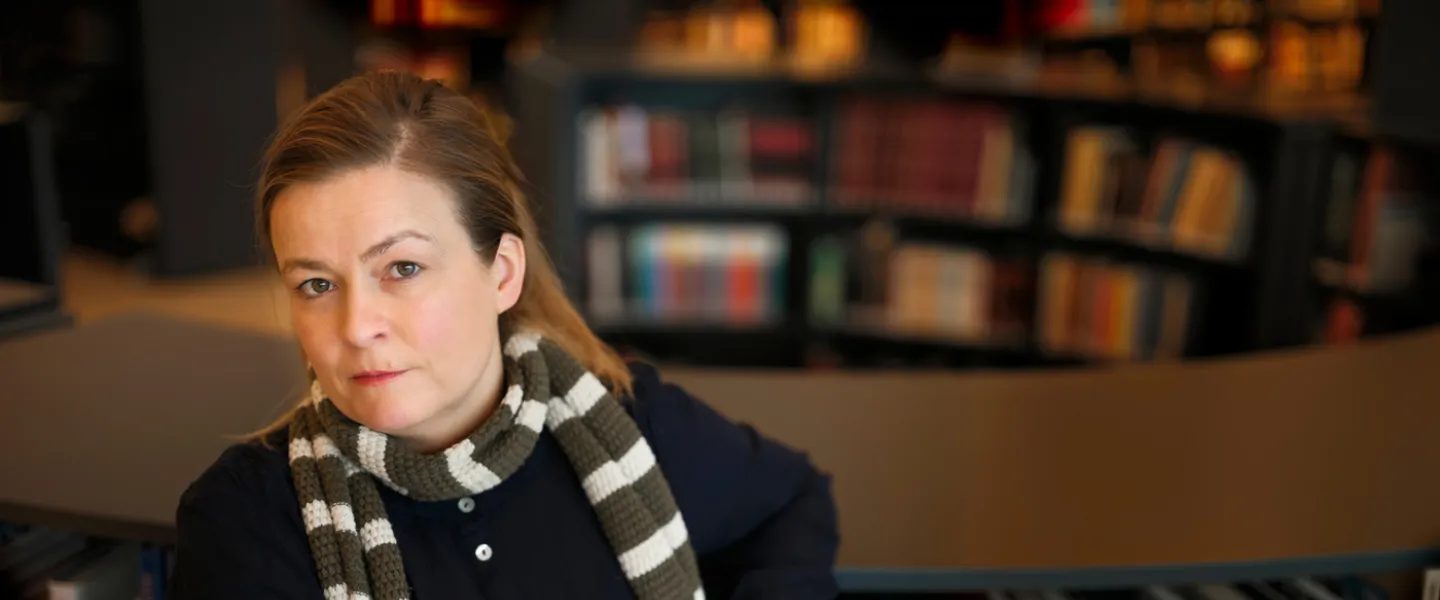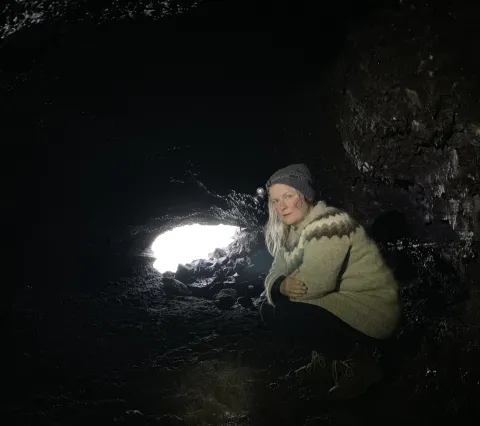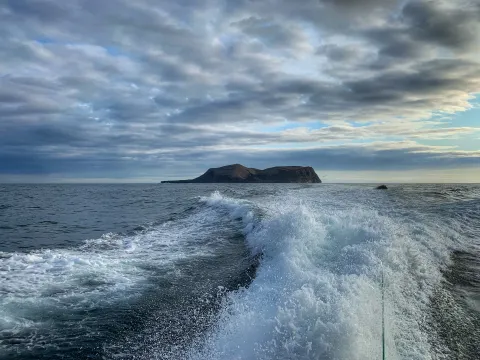
“The Icelandic term 'örnefni' is somewhat unique. Most languages use the term name of the place (e.g., placename or stednavn), but 'örnefni' is such an ancient looking word," says Birna Lárusdóttir, a PhD student in geography, about her research "Place Names (örnefni) and Landscapes in the making." It seems as if place names (örnefni) need to go through a certain process to be accepted as such. "It is very common for people to say: no, this is just something we kids used to call it; this is not the place name," says Birna. "You travel through the countryside and hear that people do not agree on place names, there are all kinds of inconsistencies. There are examples of two or more place name descriptions that are somewhat different."
"I am contemplating the concept of place names, how it has developed in Iceland, and why interest in collecting place names arose early in the 20th century," says Birna, who has a background in Icelandic and archaeology. The research is thus interdisciplinary and a fresh perspective on place names here in Iceland. "I wanted to try to grasp this mobility and this complexity."


